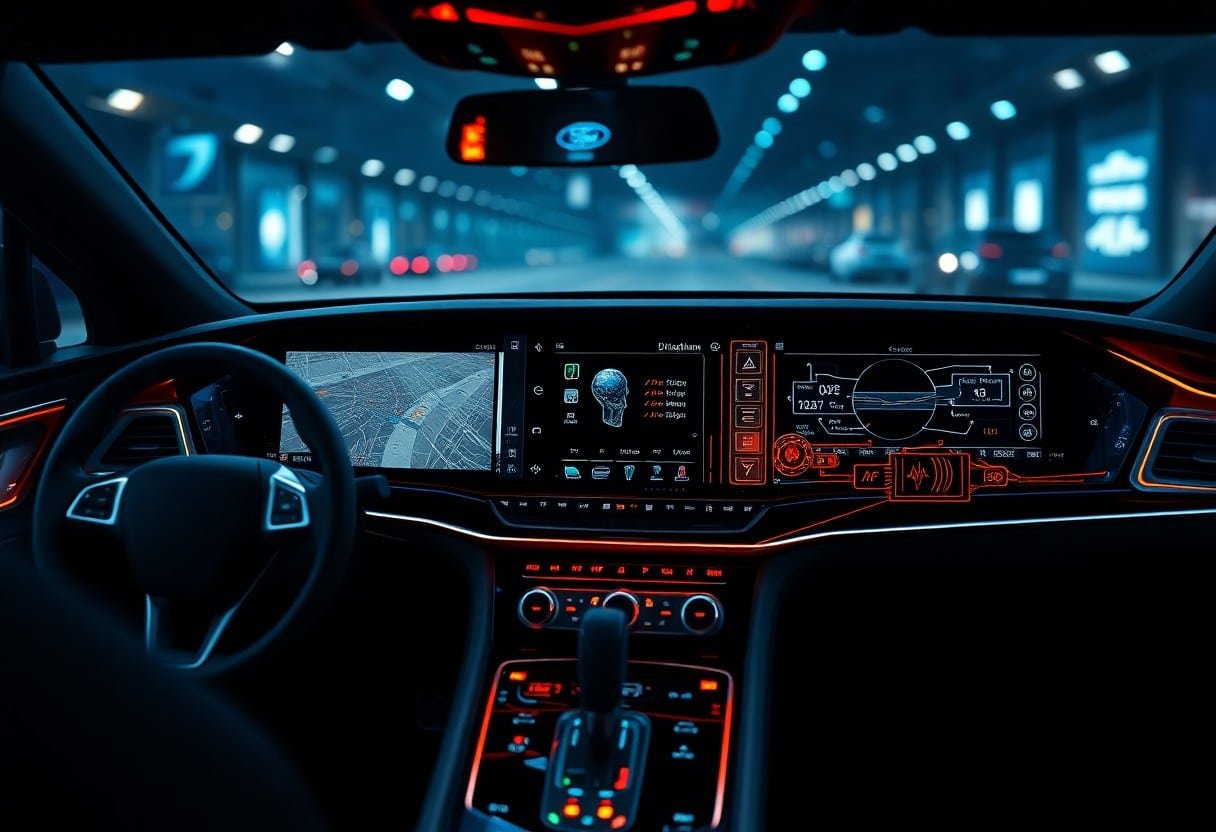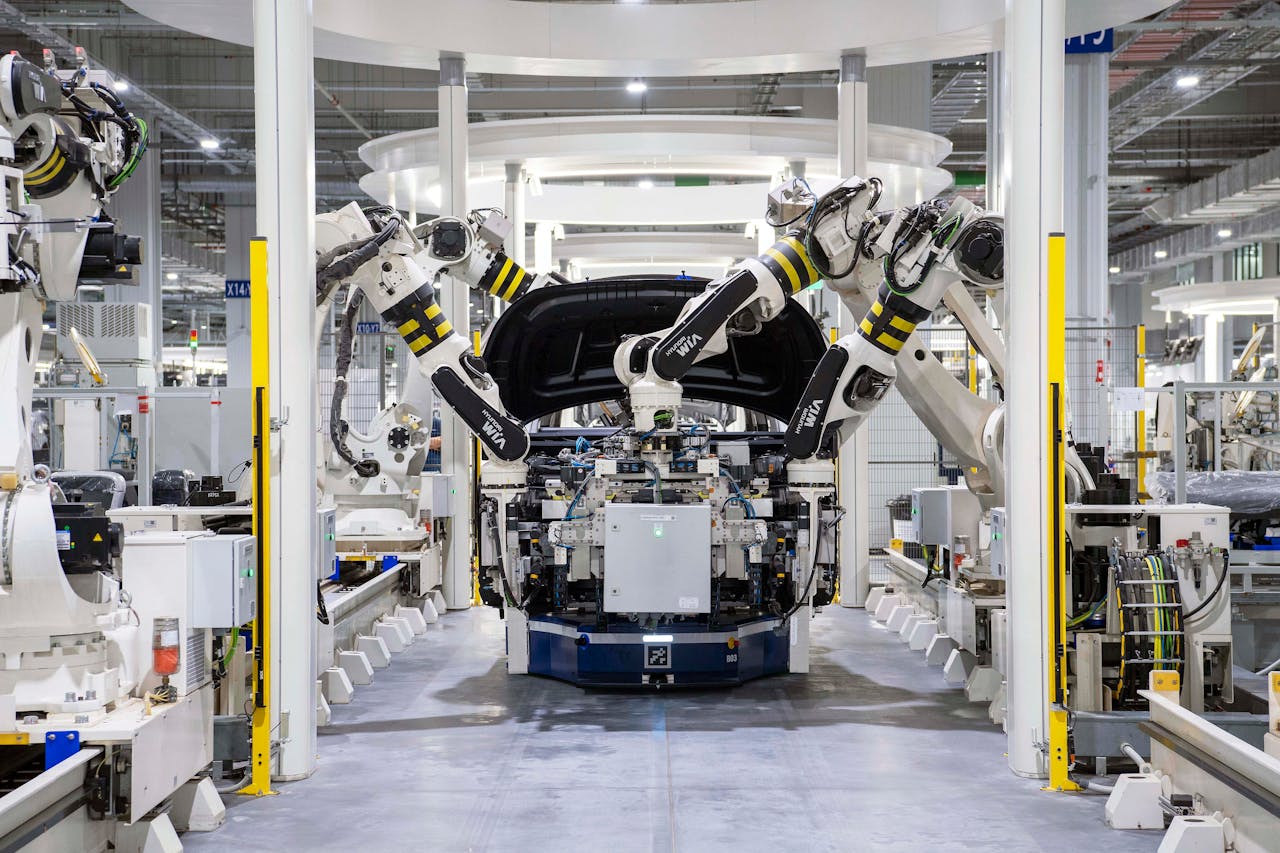You may be surprised to learn how zonal architecture is shaping the future of vehicles, especially in software-defined vehicles (SDVs). This innovative structure allows for better integration of complex systems, enhancing functionality and efficiency in your driving experience. By understanding the benefits of zonal architecture, you can appreciate how it contributes to smarter, safer, and more connected cars, ultimately transforming how you interact with your vehicle.
Key Takeaways:
- Zonal architecture improves the efficiency of electronic system integration in vehicles, enabling greater performance and reduced complexity.
- It enhances scalability and flexibility in designing software-defined vehicles (SDVs), allowing for easier updates and feature enhancements.
- Zonal architecture supports advanced safety and automation features by streamlining data communication between various vehicle systems.
What is Zonal Architecture?
Definition and Overview
Zonal architecture is a vehicle design approach that organizes electronic functions into distinct zones rather than spreading them throughout the car. It enhances efficiency by consolidating similar functionalities, allowing for centralized management of vehicle technologies, which is crucial for the development of Software-Defined Vehicles (SDVs).
Key Components
Key components of zonal architecture include domain controllers, communication networks, power distribution systems, and sensors. Each zone operates semi-independently, ensuring that different functions such as infotainment, safety, and power management interact seamlessly.
Domain controllers allow for the centralized processing of data, significantly reducing the number of Electronic Control Units (ECUs) needed. This reduction not only simplifies wiring and saves weight but also eases software updates and maintenance. Communication networks enable fast data transfer between zones, while power distribution systems efficiently manage energy resources across various functions. By integrating sensors within each zone, you facilitate real-time monitoring and response, enhancing overall vehicle performance and safety.
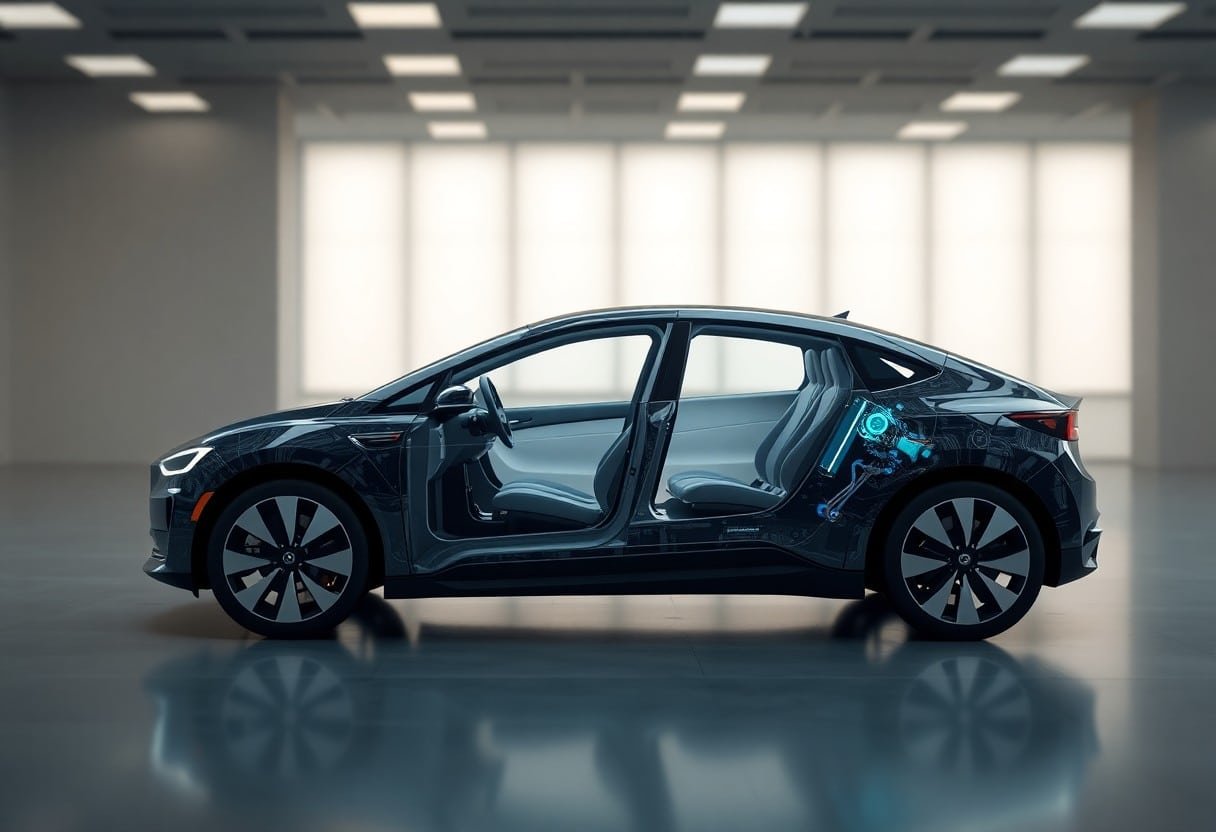
Enhanced Flexibility
Enhanced flexibility in zonal architecture allows you to respond quickly to evolving automotive technologies and consumer demands. This adaptability is vital in today’s fast-paced automotive market, where features and functionalities continually shift. With a streamlined, modular approach, it becomes simpler to integrate new innovations without overhauling the entire system, ensuring your vehicle remains competitive and cutting-edge.
Modular Design Benefits
Modular design benefits revolve around simplifying upgrades and repairs. By utilizing interchangeable components, you can reduce development time and costs associated with implementing new features. This approach not only mitigates risks but also enhances your vehicle’s longevity and competitiveness in the market.
Adapting to Market Needs
Adapting to market needs is facilitated by zonal architecture, making it easier for you to align your vehicle offerings with consumer trends. As preferences shift toward electric and autonomous driving features, the modular nature of zonal systems allows for rapid customization and integration of these technologies, keeping pace with marketplace dynamics.
For example, as electric vehicle (EV) adoption grows, manufacturers can swiftly modify existing zonal layouts to incorporate larger battery systems or updated power management protocols. This flexibility also extends to software, enabling over-the-air updates that keep your vehicle’s features fresh and relevant without necessitating physical changes. The result is a vehicle that not only meets current standards but is also future-proofed for upcoming advancements in automotive technology.
Improved Efficiency
Zonal architecture enhances automotive efficiency by consolidating electronic systems across multiple zones, reducing complexity and redundancy. This systematic organization allows for optimized resource allocation, leading to significant reductions in weight and energy consumption. With fewer components needed for the same functionalities, you experience vehicles that are not only lighter but also more cost-effective to produce and maintain.
Streamlined Processes
Your engineering teams benefit from streamlined processes as zonal architecture simplifies the integration of various electronic systems. Clear boundaries around each zone allow for focused development, encouraging collaboration and reducing the risk of errors. As systems operate independently without constant interdependencies, you can achieve greater operational efficiency and enhance overall vehicle performance.
Reduced Development Time
By adopting zonal architecture, you can significantly reduce development time, allowing your team to bring innovations to market faster. With well-defined zones, adjustments and updates can be implemented more quickly without affecting other areas of the vehicle. Standardization across modules leads to rapid prototyping, enabling you to test and iterate designs efficiently, thereby accelerating the overall production timeline.
This reduction in development time is substantial, as evidenced by automakers that have successfully cut their time-to-market by up to 30% through the use of zonal architecture. When projects run concurrently across modular platforms, you can overlap development schedules and track changes without delays. Moreover, the use of simulation tools in these defined zones means that validating functionalities occurs simultaneously, keeping your innovation pipeline flowing and reducing the backlog of projects awaiting testing and approval.
Safety and Reliability
Enhanced safety and reliability are key advantages of zonal architecture. This design minimizes communication errors among vehicle systems, fostering a secure environment for both driver and passengers. By isolating various functionalities within dedicated zones, potential failures are contained and managed more effectively, significantly reducing the risk of catastrophic malfunctions.
Robust Systems Integration
Robust systems integration is vital in achieving safety and reliability within zonal architecture. By linking various electronic components through a centralized architecture, software updates and diagnostics become seamless, ensuring each zone operates at peak performance. This interconnectedness increases overall system resilience against failures.
Enhanced Testing Procedures
Enhanced testing procedures focus on validating each zone’s functionality independently and collectively to ensure comprehensive safety assessments. These procedures enable you to identify and address specific vulnerabilities, improving reliability before vehicles hit the road.
Enhanced testing procedures adopt advanced simulation techniques alongside traditional bench testing. With the ability to replicate real-world conditions, you can evaluate individual zones under diverse scenarios, confirming their effectiveness and durability. Furthermore, automated testing processes accelerate evaluations, allowing rapid identification of defects and verification of compliance with stringent safety regulations. By leveraging these enhanced methods, you gain confidence in vehicle safety before delivery.
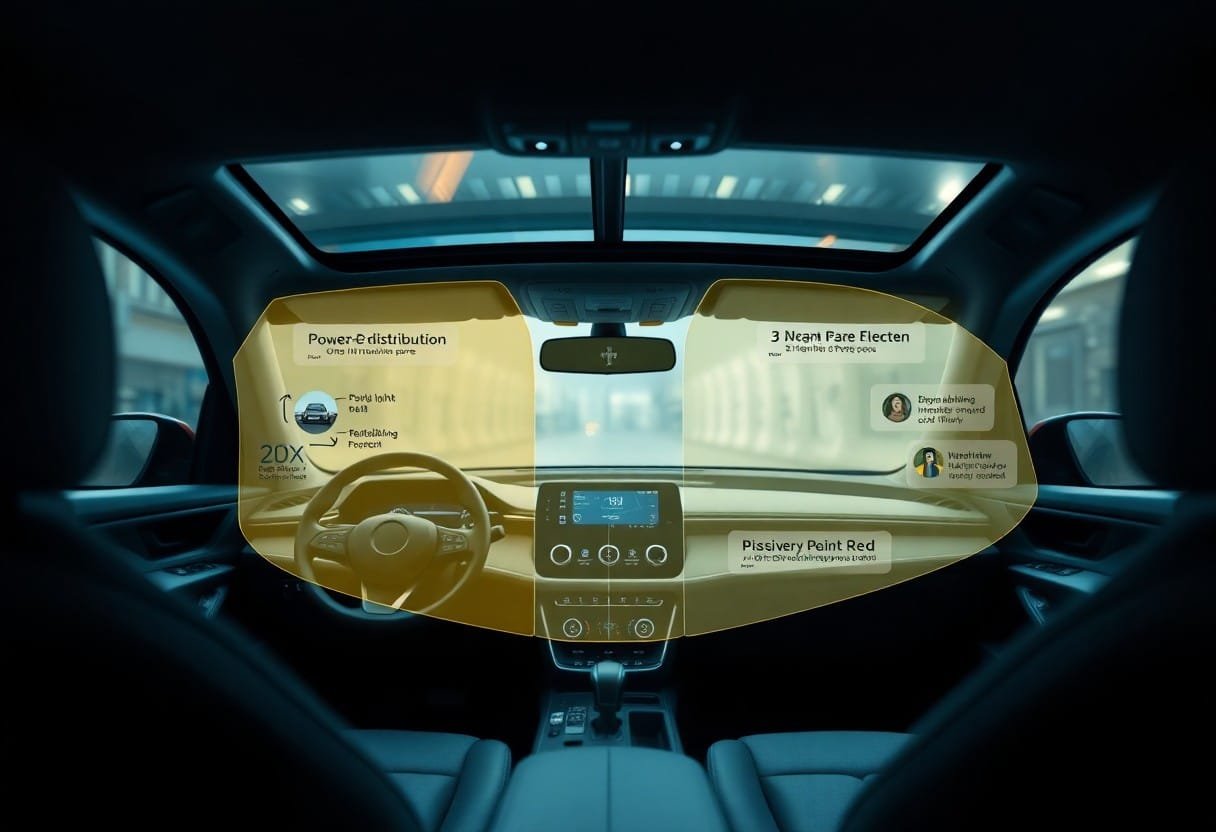
Cost-Effectiveness
Zonal architecture leads to significant cost-effectiveness for automotive manufacturers, allowing for streamlined processes and improved resource allocation. By focusing on shared electronic platforms, you enable your production lines to become more flexible and adaptive, directly impacting your bottom line.
Lower Production Costs
With zonal architecture, your production costs can decrease substantially. Standardizing components across multiple vehicle models reduces the need for extensive tooling and decreases material waste. This efficiency translates into lower labor costs as well, since fewer specialized skills are required during assembly.
Long-Term Savings
Investing in zonal architecture offers long-term savings that extend beyond initial production. Enhanced modularity allows for easier upgrades and maintenance, meaning your vehicles can adapt to technological advancements without requiring full redesigns. This adaptability not only saves you money on future production but also enhances resale value as the vehicle remains competitive in technology.
The ability to implement over-the-air updates and modular improvements means you can prolong the lifecycle of your cars without heavy reinvestment. For example, manufacturers embracing zonal architecture have reported reductions in warranty claims due to better system integration, ultimately leading to fewer recalls and lower servicing costs. Consider how these savings accumulate over time as technological demands evolve, ensuring your vehicles remain relevant and cost-efficient in a rapidly changing market.
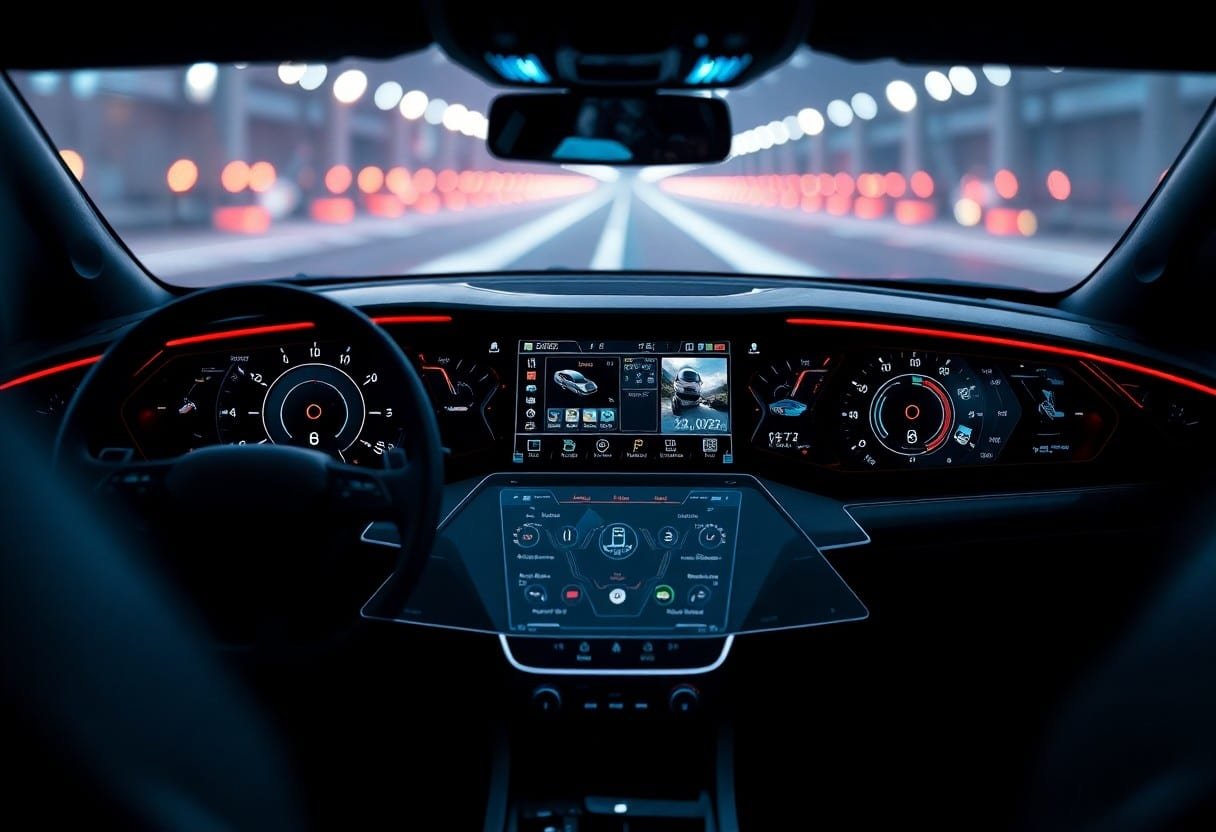
The Future of SDV Innovation
The evolution of software-defined vehicles (SDVs) is rapidly transforming the automotive landscape. You can expect enhanced vehicle capabilities, including continuous over-the-air updates and advanced AI features, all aimed at improving your driving experience. As manufacturers prioritize agility and adaptability, the shift towards SDV innovation promises not only to elevate performance but also to redefine connectivity and safety standards.
Trends in Automotive Technology
Current trends highlight an increasing emphasis on automation, electrification, and connectivity in vehicles. Many manufacturers are investing in advanced driver-assistance systems (ADAS), machine learning algorithms, and robust cloud infrastructures, all designed to create a seamless experience. Your vehicle will likely serve as a data hub, connecting you to various services and enhancing convenience on the road.
Zonal Architecture’s Role
Zonal architecture is fundamentally shaping the way SDVs are designed and engineered. By segmenting the vehicle’s electronic systems into zones, manufacturers can achieve better modularity and flexibility. This allows for faster integration of new technologies, which ultimately enhances your vehicle’s performance and user experience.
As far as implementation, zonal architecture supports a more straightforward integration of continuous updates and new features, significantly reducing development time. For instance, if a specific zone requires an upgrade for, say, a navigation system, it can be easily updated without overhauling the entire vehicle system. This adaptability not only saves costs but also allows you to enjoy the latest enhancements without needing to purchase a new model. With examples like Volkswagen’s Modular Electric Drive Matrix (MEB) showcasing how organizations can tap into these efficiencies, the future seems bright for those who embrace zonal architecture within their vehicles.
Summing up
As a reminder, embracing zonal architecture in cars significantly enhances your experience with SDV automotive innovation. It streamlines communication between vehicle systems, reduces complexity, and boosts efficiency, leading to improved performance and safety. By prioritizing this approach, you can enjoy faster updates and a more adaptable driving experience, ensuring your vehicle remains at the forefront of technology. Ultimately, it’s about empowering you with a smarter, more responsive vehicle that meets your evolving needs in the automotive landscape.

